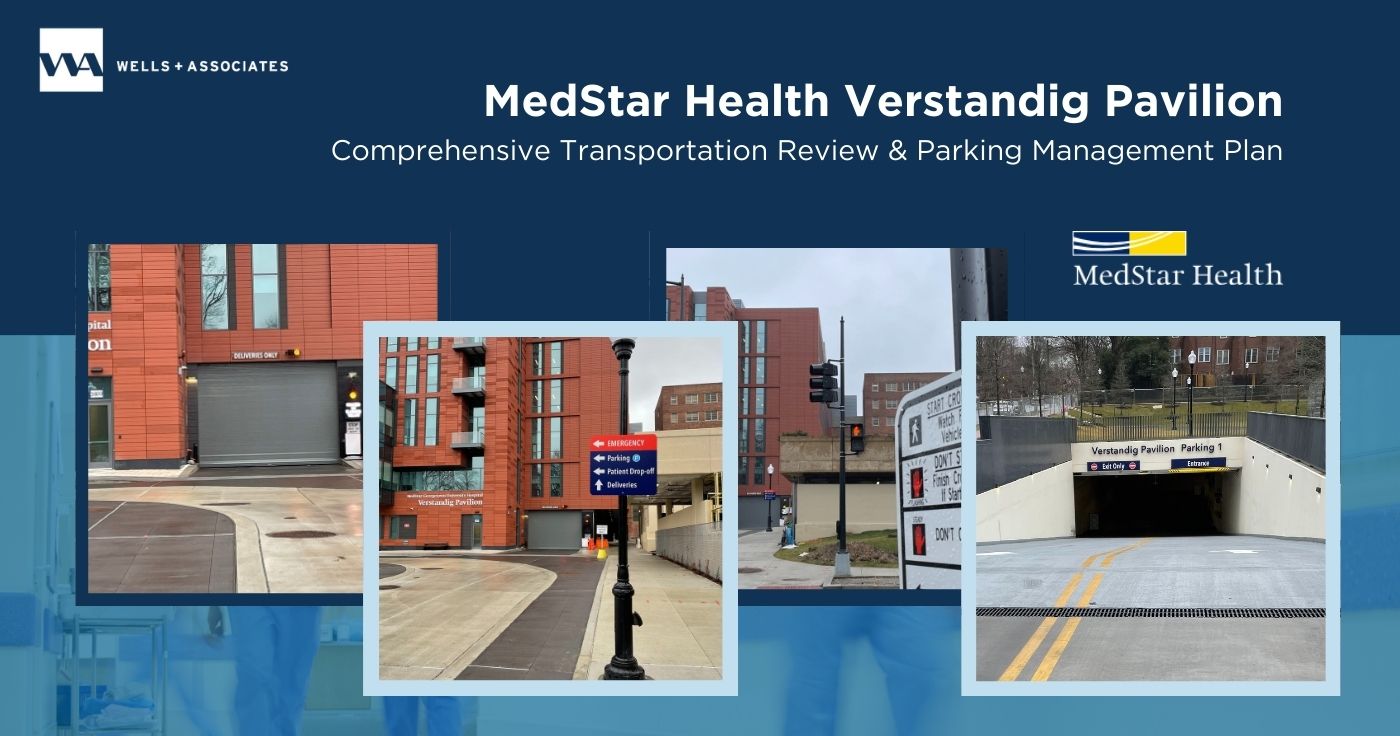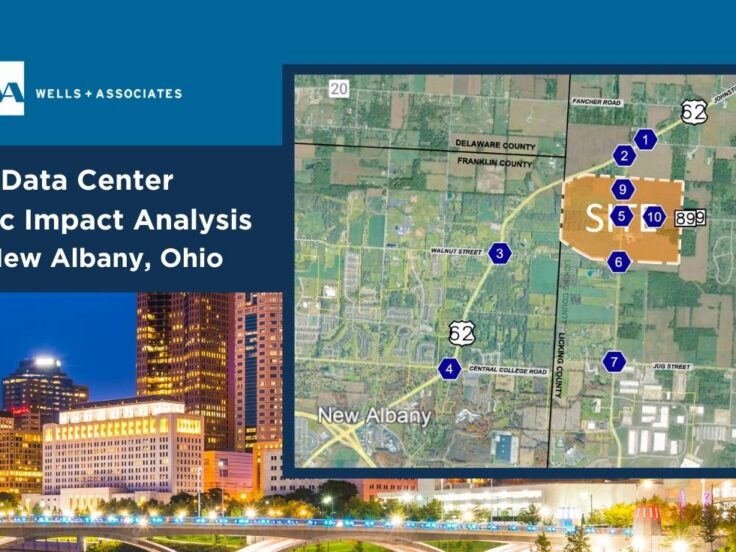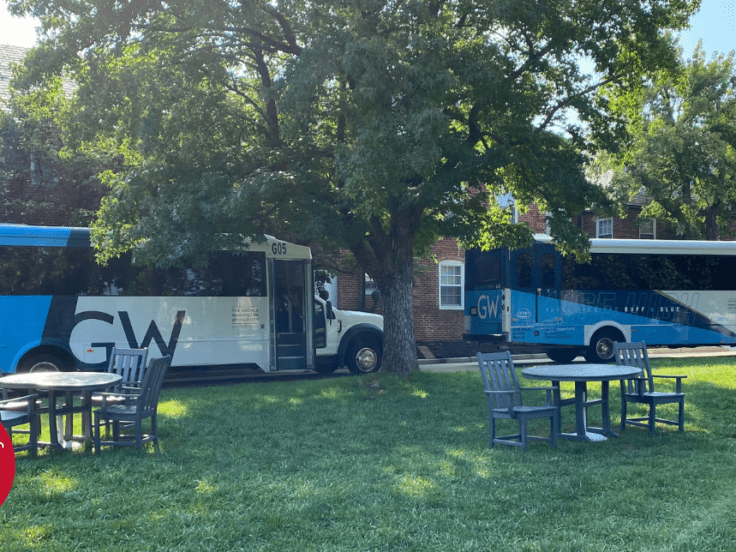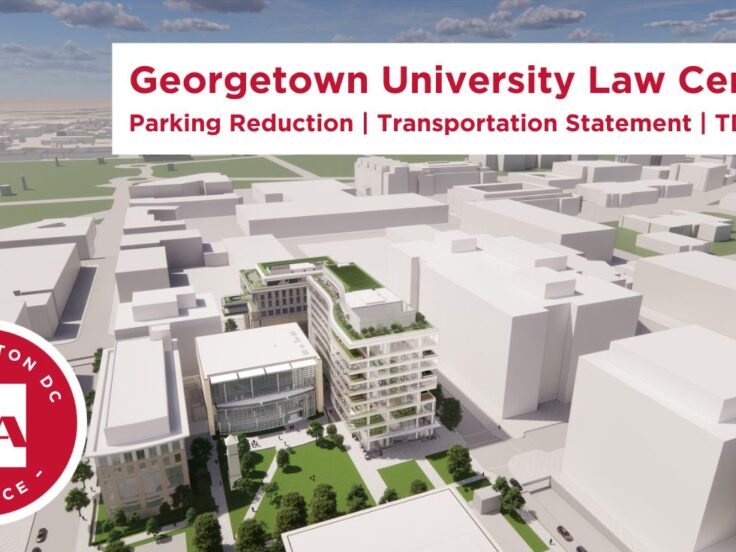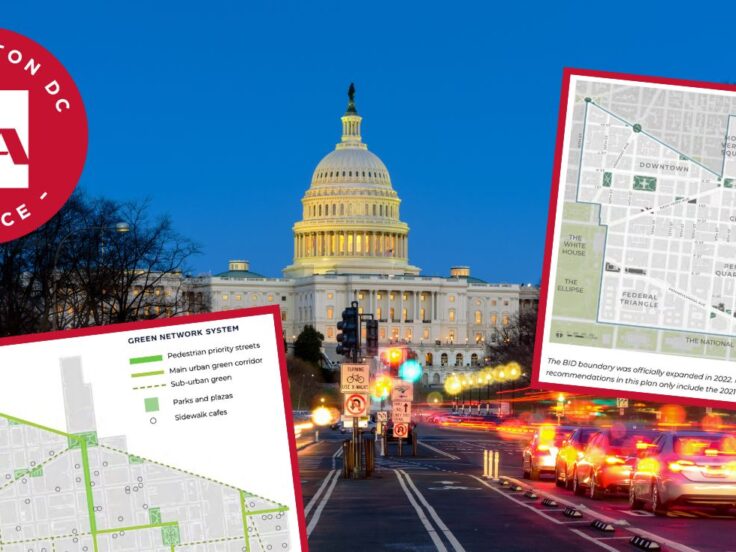Gloria Wright
Wells + Associates collaborated with the National Capital Planning Commission (NCPC) and the Metropolitan Washington Council of Governments (COG) as part of a larger project team to develop a scenario-based study to better understand the impacts of increased teleworking in the National Capital Region (NCR) and its individual jurisdictions.
With the increase in teleworking during the pandemic, the NCR has faced a unique set of challenges, as its largest single employer is the federal government.
In our study, scenario planning was used to better understand the cumulative impacts of federal telework and hybrid workplaces on the NCR and to inform NCPC’s updates to policies in the Comprehensive Plan for the National Capital’s Federal Elements and COG’s regional planning efforts. 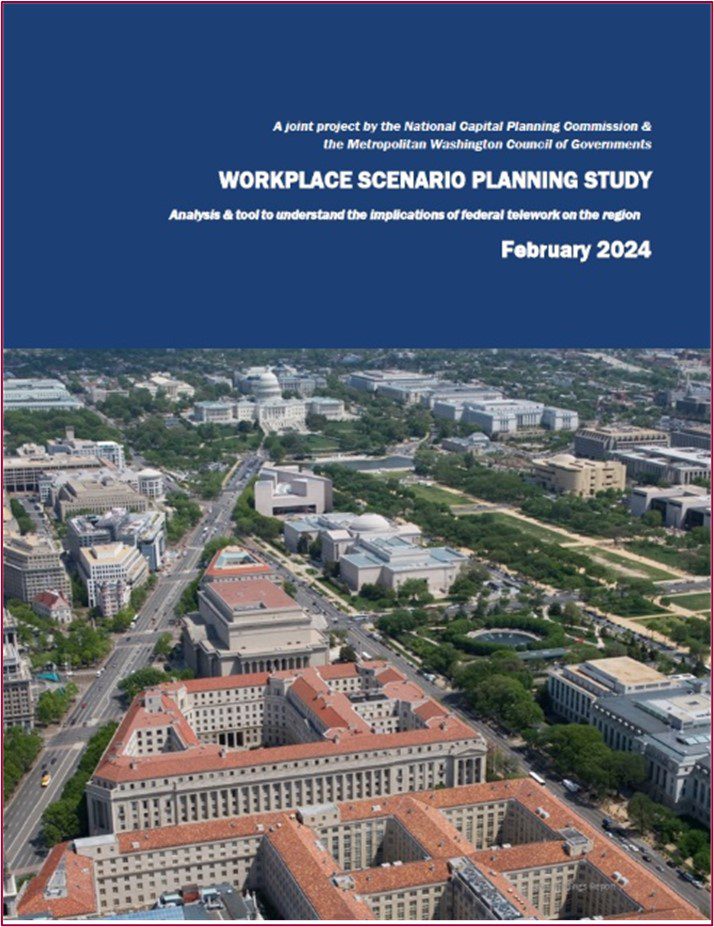
Key findings from the study included:
- Accelerating reduction of the federal footprint
- Retaining and attracting talent
- Modifying transportation and commuting patterns
- Changing sustainability implications
- Varying County implications
W+A prepared market and existing conditions analyses and collaborated with a larger project team to synthesize these analyses into meaningful maps, and scenarios. A key focus was on federal telework policies, where we examined three baseline scenarios: minimum, moderate, and maximum telework.
W+A Telework Scenario Planning Analysis
- Scenario 1: Minimum Telework, 1-2 days per two weeks
- Scenario 2: Moderate Telework, 4-6 days per two weeks
- Scenario 3: Maximum Telework, 8-10 days per two weeks
W+A then assessed these scenarios to understand their impacts on different aspects of the region, including:
- federal real estate,
- demographics of the federal workforce,
- residential locations of federal employees, and
- patterns of public transportation and commuting.
The report further examined how these telework policies could influence the movement or closure of federal offices in various counties surrounding Washington, D.C. This involved assessing the likelihood of federal lease expirations over the next five years and how telework might shape these dynamics.
By dissecting these factors, the study provided valuable insights into the potential changes brought about by telework in the region.
Mapping Federal Office Space Implications NCR Jurisdictions
| Jurisdiction | Federal Office Space Lease Expirations (%) | Key Factors Influencing Impact | Potential Impact |
|---|---|---|---|
| Washington, DC | N/A | Large component of telework-eligible jobs | High |
| Prince George’s County, MD | 46% | Presence of security/defense-related agencies, need for in-person lab work | Moderate |
| Montgomery County, MD | 15% | Presence of large federal employment hubs, extensive lab spaces | Minimal to Moderate |
| Fairfax County, VA | 27% | Stability offered by national security and defense agencies | Moderate |
| Arlington County, VA | 25% | Significant presence of national security entities | Moderate |
| Alexandria, VA | 94% | Lack of key security agencies, potential low-impact | Low |
| Loudoun County, VA | 0-15% | Agency composition and lease dynamics | Low to Moderate |
| Prince William County, VA | 0-15% | Agency composition and lease dynamics | Low to Moderate |
| Fairfax City, VA | 0-15% | Agency composition and lease dynamics | Low to Moderate |
While the Workplace Scenario Planning Report refrains from prescribing specific policy recommendations, instead it serves as a compass in guiding NCPC’s policy updates within the Comprehensive Plan for the National Capital’s Federal Elements and bolstering COG’s regional planning efforts.
Findings from the Federal Telework Scenario Study:
- Reduction in the federal footprint, driven by accelerated telework adoption.
- Enhanced ability to retain and attract top talent through flexible work arrangements.
- Shifts in transportation and commuting behaviors reflect the growing prevalence of remote work.
- Evolving sustainability implications as telework reduces carbon emissions and resource consumption.
- Varied impacts on county-level dynamics, highlighting the need for tailored approaches to telework implementation.



